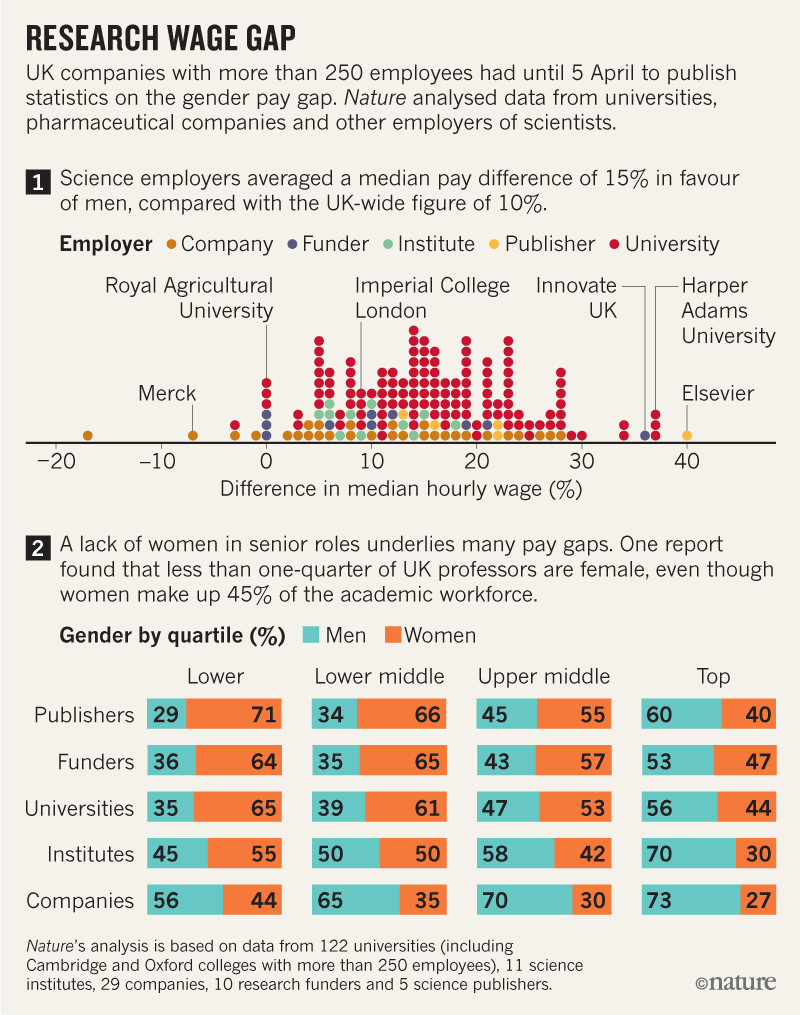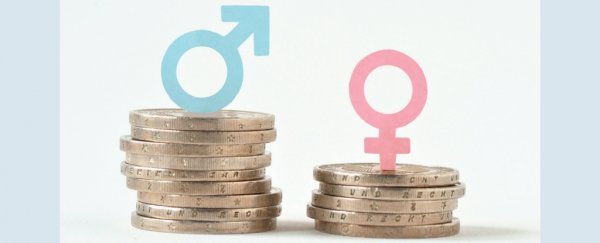Last year, the United Kingdom became one of the first nations in the world to require companies with more than 250 employees to report details of their gender pay gaps.
The findings should surprise no one: men are paid more than women, by a lot, at many, many companies - and science organizations are some of the worst culprits.
Right now, UK science organizations are paying female employees significantly less than their male colleagues. Of the 172 organizations included in the analysis, 96 percent paid men more than women.
Overall, it was found that universities, pharmaceutical companies, funders and other science-focused organizations have a gender pay gap that is 50 percent greater than the national average – and the national average is already bad.
Across the UK, 78 percent of all organizations favor men financially. But while the overall median pay gap in the UK is 10 percent, in science, it is closer to 15 percent.
And while the median pay gap for research institutes and science funders is similar to the national median, other science institutions fare much worse.
Universities, for instance, have a median pay gap of 16 percent, and scientific publishers have a median pay gap of 22 percent.
In fact, the very journal that this study was published in, Nature, is owned by Macmillan Publishers, which has a median gender pay gap of 13 percent.

Let's be clear for a second: the gender pay gap refers to the average hourly wage difference between men and women. It does not imply that men and women are paid differently in the same role. Luckily, that particular gender bias was outlawed in the UK in 1970.
This means that the vast gender wage gap in science is most likely due to the fact that women are very often over-represented in low-paid and low-skilled jobs, which is a much subtler form of sexism.
The report itself concludes that the underlying cause of the pay gap is a "very clear and continuous decline" in the number of women in more senior academic positions.
For instance, while women make up 45 percent of the academic workforce, less than a quarter of all professors are women.
The professorial pay gap does not exist because women are worse professors than men. Jeff Frank, an economist who studies the gender pay gap in science, says it is more likely due to women waiting longer to get promoted than men.
"There is evidence that universities remain discriminatory in their practices," he told Nature.
So what's the solution?
Some universities are going all-out to make sure their pay gaps are more equal. One UK university, for instance, completely eliminated its professorial pay gap overnight by simply boosting women's pay.
Other science organizations may take a less drastic path – perhaps by removing gender bias from hiring practises or promotions.
Whatever the solution might be, it will take nothing less than a cultural revolution to improve pay for women.
"It is all about the culture, the behaviour, the habits and patterns, the beliefs the fears," said Alice Chilver, head of organizational development at University College London.
"Until we can tap into and work with those cultures more effectively, change is going to be very slow."
The study was published in Nature.
